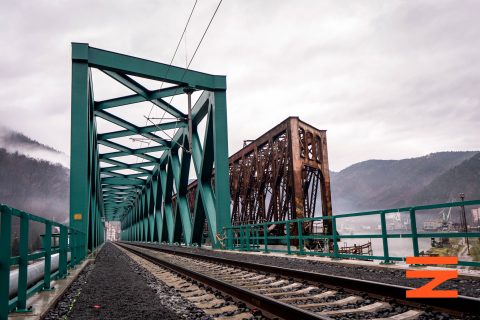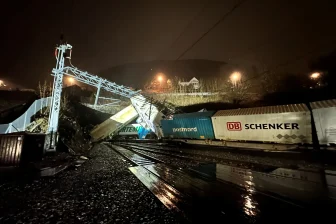
Renewed Czech bridge and tunnel allow larger trains to Germany
The new bridge in Děčín over the Elbe next to the old structure Správa železnic, 2023
Czech infrastructure manager Správa železnic has finished the reconstruction of a bridge and tunnel near Děčín, important for international rail freight traffic to and from Germany. Earlier on Thursday, the first freight trains started using the reconstructed section.
Want to read more?
You have read all of your free premium articles for this month. Please become a subscriber to keep reading.
Subscribe now!
Take advantage of our exclusive offer to get full access to all premium content.



